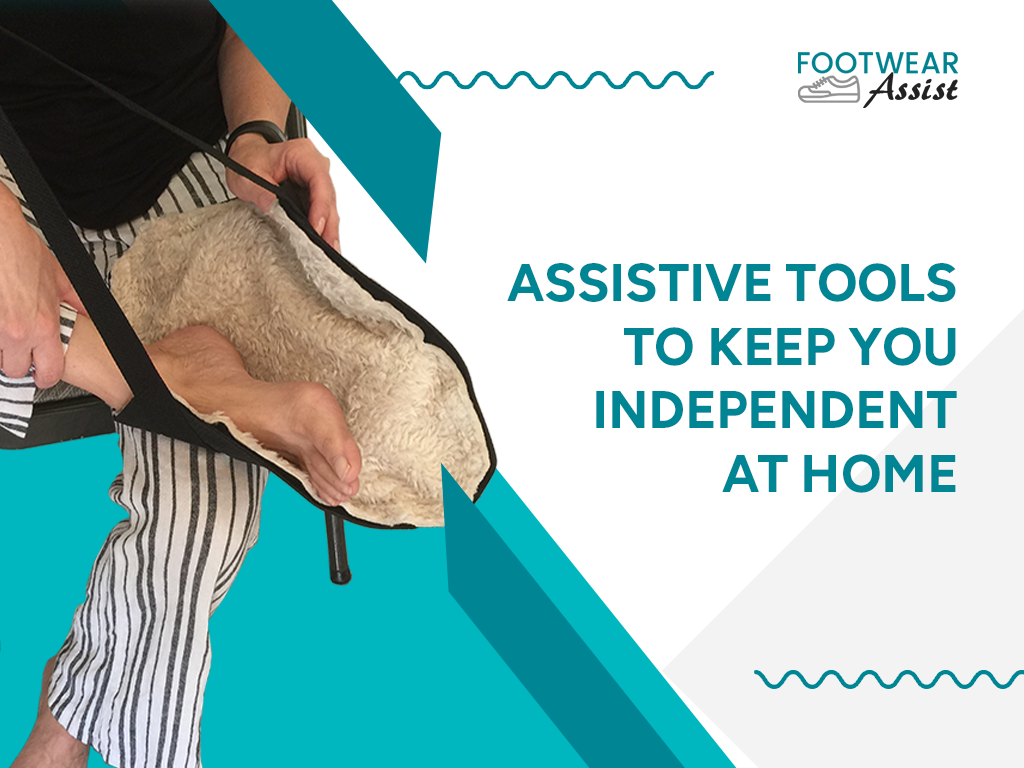Assistive Tools or Technology (AT) devices are items that aid in improving or maintaining a person’s capacity to live and function independently. Some Assistive Tools are as simple as a hearing aid or cane, while others are as complex as a voice-activated computer system or mechanical hoist to raise and turn someone in bed.
Assistive Tools and Technology are a fast emerging field utilized by persons with disabilities and older adults who wish to stay in their homes and be as independent as feasible for as long as possible. According to a 2003 poll, about 15 million Americans with disabilities utilized assistive technology. According to current forecasts, more than 50 million Americans, or about 20%, use an assistive technology at some point in their lives.
Who Uses Assisted Mobility Tools
According to a 2018 update from the World Health Organization, more than one billion people worldwide require one or more assistive items. People connect AT with those who have impairments or injuries that result in limited ranges of motion. The elderly can also benefit from AT to stay in their homes for as long as time allows.
The short answer is that anyone who needs help with mobility and maintaining their independence is someone who will use assistive tools.
All people now have technology as a part of their daily lives for the most part. The availability of rapidly advancing technology extends to the AT field, providing new and innovative ways of helping people when none were available before.
Choosing the Right Kind of AT
There is a vast range of assistive tools available on the market. Some are straightforward, while others are incredibly complex. There are a lot of choices, which is both good and bad news. It might be tough to know what assistive tools are available and how to select the best option.
The purpose of assistive tools is to improve the independence and safety of the person using them. As a result, assistive devices cover many roles, including communication, movement, personal care, and domestic tasks.
The first step in choosing the correct type of tool is to talk about the actual tasks your loved one wants or needs to complete when choosing their tools. While this may seem simple, it is possible to be tempted into purchasing items that appear great but does not meet the needs of your loved one. Resist the “ooh shiny” urge!
Speaking generally, choosing the simplest tools available to satisfy the requirement should be used. Simpler equipment is usually easier to operate, less costly, and less challenging to maintain and repair than more complicated ones.
Customer reviews and senior service organizations are excellent resources for learning about assistive gadgets and how well they have worked for others. Physical therapy departments can also examine your needs and recommend adjustments or devices. It may be necessary to test a specific tool.
It may take some searching to find out what’s available and some experimenting to locate the solutions that best match your needs. However, if you require an assistance tool, check around. There is almost certainly stuff on the market that will assist you.
Other Types of Assistive Tools
Independent Living Aids
A vast range of devices and equipment assist individuals in carrying out “everyday tasks,” such as eating, preparing meals, bathing, and dressing. Many of these things may be found at medical stores and larger retail outlets.
Personal Care Products
Personal care items are available to assist persons with motor or sensory impairments in dressing, disrobing, grooming, and maintaining good personal hygiene.
Assistive gadgets can improve one’s health, safety, and general quality of life. Footwear Assist is a new product designed to assist people with disabilities or anyone who has difficulty reaching their feet. The apparatus is mounted on top of a door and employs a pulley/lever system to assist in raising the person’s foot in the sling.
Don’t just take our word for it; hear what people say about Footwear Assist. If you or a loved one struggles with mobility, add one to your cart!

